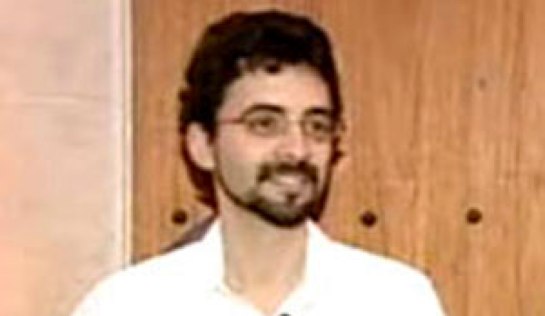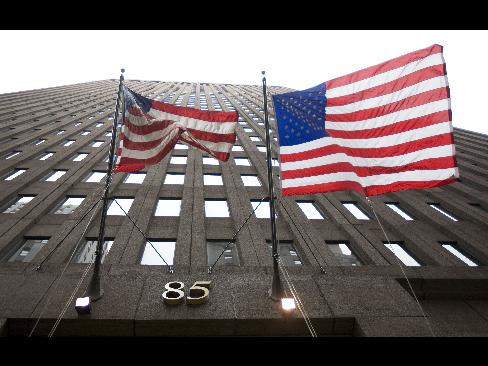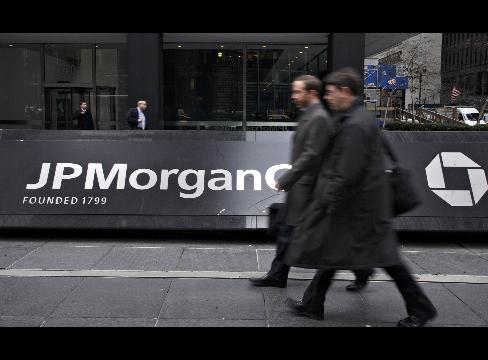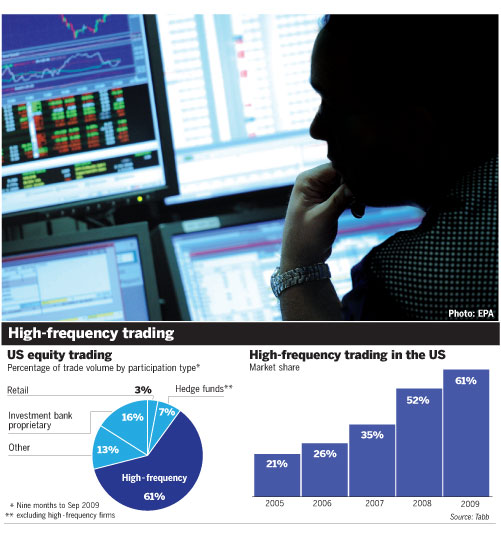“The founder of Tradebot, in Kansas City, Mo., told students in 2008 that his firm typically held stocks for 11 seconds. Tradebot, one of the biggest high-frequency traders around, had not had a losing day in four years, he said.”
The reasons for last week’s collapse will be probed for a long time, and likely no firm conclusion will ever be derived, because it was caused by a confluence of numerous factors. While there may be immediate causes for the plunge, the one recurring reason for both that crash, and all future ones, will be dominant role played by HFT traders as they now control market structure when they operate, and the massive vacuum left when they decide to simply shut down when things get too heated and there is no regulated liquidity provider backstop. As the New York Times reports yesterday from your typical HFT bucket shop “as the stock market began to plunge in the “flash crash,” someone here walked up to one of those computers and typed the command HF STOP: sell everything, and shutdown.” A vivid and brief summary of what we have been warning for over a year. Also, we find out that just like Tradebot, which as “one of the biggest high-frequency traders around, had not had a losing day in four years” that Goldman, and all the other big banks who reported a flawless first quarter, are now nothing but one large HFT prop shop: they push the market higher on no volume, and when the selling in size commences they all just shut down. So much for providing liquidity when it is needed. And as for that 4 year track record… What did Madoff go to jail for again?
From the NYT:
Above the Restoration Hardware in this Jersey Shore town, not far from the Navesink River, lurks a Wall Street giant. Here, inside the humdrum offices of a tiny trading firm called Tradeworx, workers in their 20s and 30s in jeans and T-shirts quietly tend high-speed computers that typically buy and sell 80 million shares a day.
But on the afternoon of May 6, as the stock market began to plunge in the “flash crash,” someone here walked up to one of those computers and typed the command HF STOP: sell everything, and shutdown.





